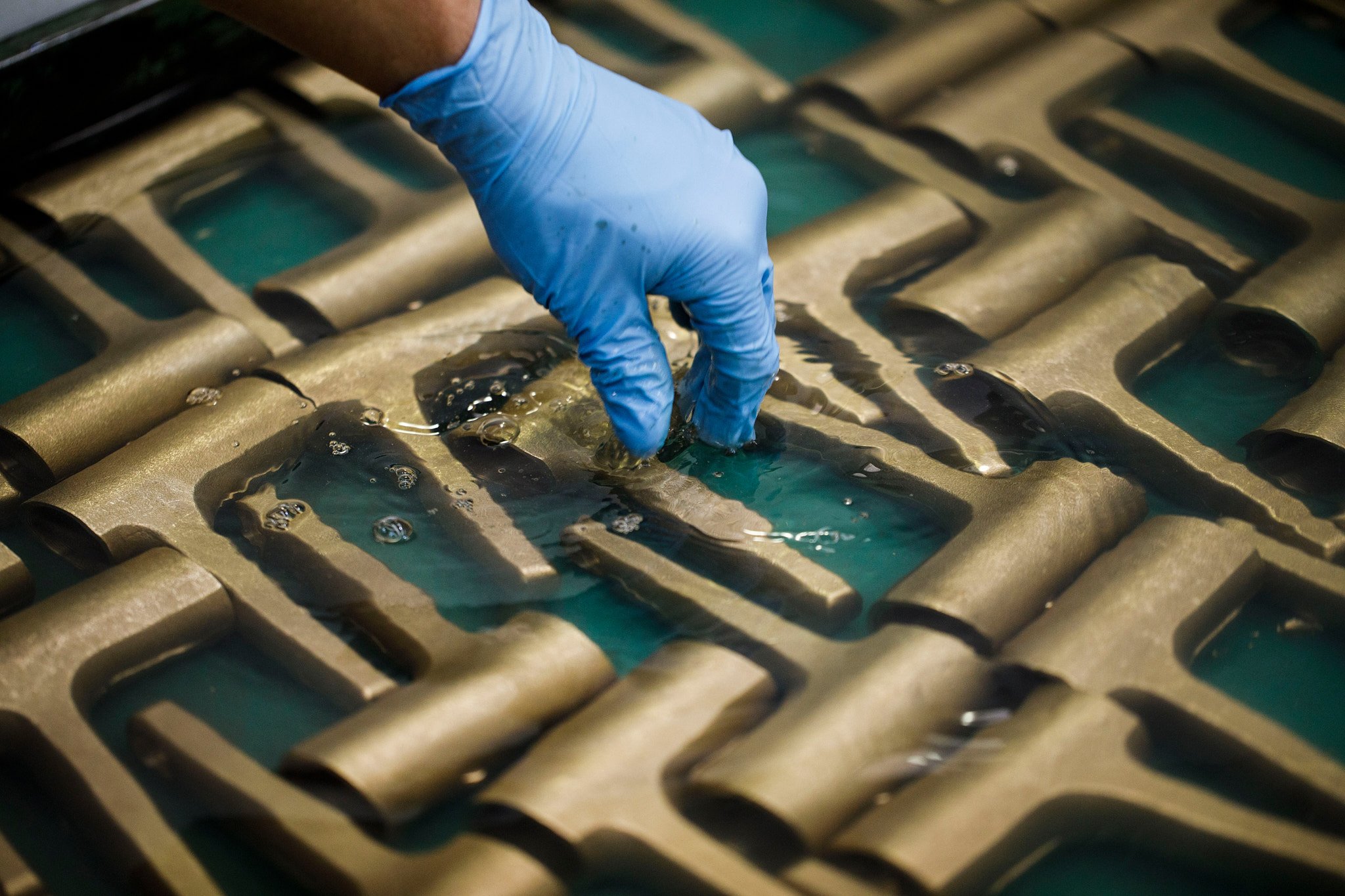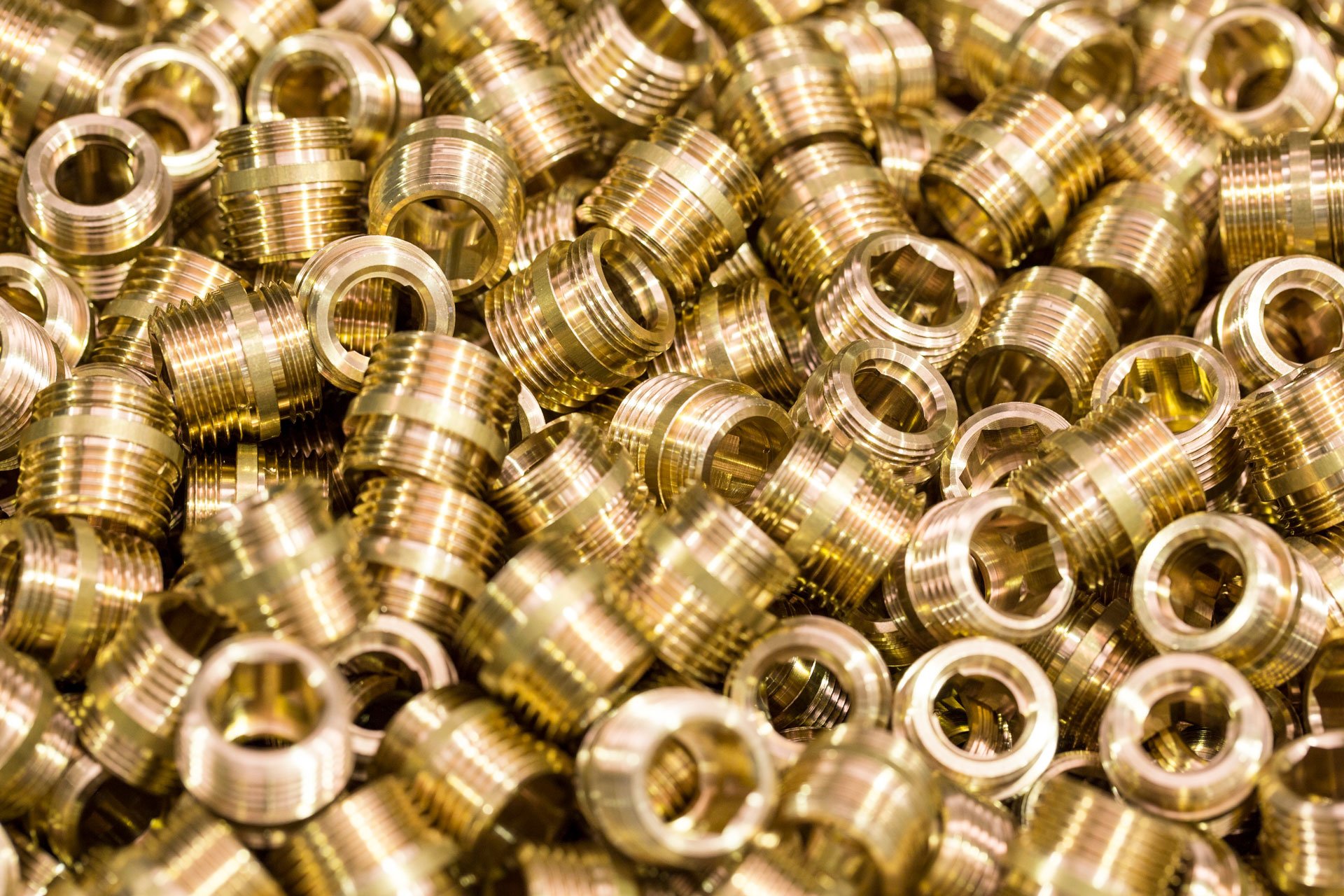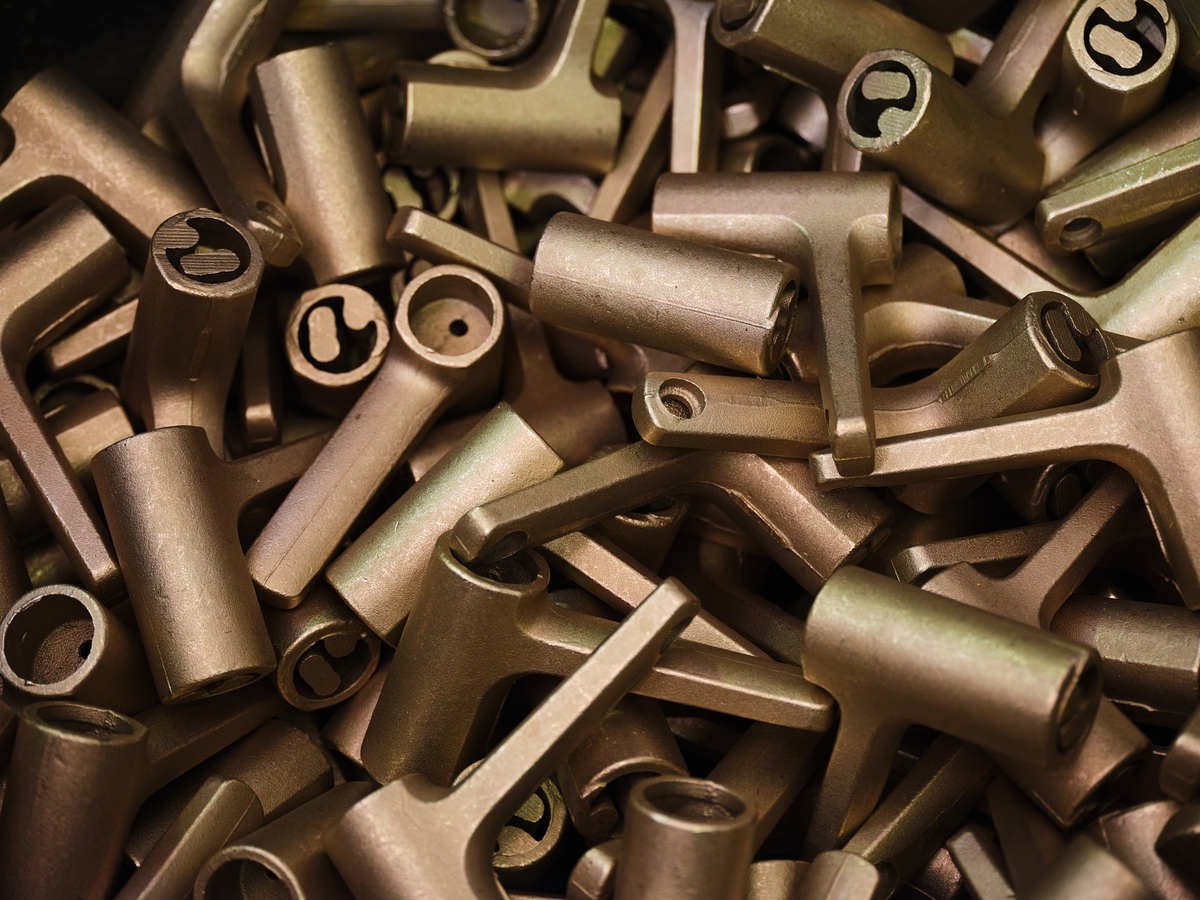Lead in brass alloys, explain the Lead-Free Brass Initiative
Operating in the faucet and valve industry since our inception, we have been dealing with the process of changing the brass alloys used for many years now.
The main difference lies in the considerable increase in the number of articles needing to be made of brass alloys with a lower lead content, or sometimes completely free of this chemical element.
But what are the reasons behind these choices?
Lead, as has been known for some time now, is a chemical element subject to various restrictions, both according to the amount of material used and the type of release it may have into other elements, such as drinking water for example.
The fact is that major international bodies are restricting its use in various industrial sectors.
- Reach Regulation concerning the Registration, Evaluation, Authorisation and Restriction of Chemicals;
- European Drinking Water Directive (DWD);
- RoHS regulation concerning the use of specific hazardous materials in electrical and electronic products;
- End-of-life Vehicle directive (ELV).

On the one hand, it is clear that the need is to reduce the use of lead, on the other hand, it is important to emphasise that the greatest difficulties in implementing these changes are due to the structures of certain sectors, technical limitations and the need to cope with higher costs.
For brass alloys, in fact, it is important to point out that the presence of lead is an important component that facilitates their machinability. Alternatives with a low lead content are more critical in machining and therefore also have higher costs.
Globally, the demand for brass alloys with a lower lead content is still minimal compared to standard alloys. This means that even producers of semi-finished products such as bars or strips have a smaller available stock and longer lead times, which are sometimes difficult to grasp by a market constantly looking for low costs and short delivery times.
The Lead-Free Brass Initiative was also created for this purpose. A European initiative run by the leading manufacturers of semi-finished brass products on the European market. The initiative aims to create a global collaboration between manufacturers, suppliers, governments and consumers to reduce the use of lead in brass products.
The aim is to promote a proactive, joint path to reduce the use of lead in brass alloys while maintaining the valuable physical properties of the alloys currently in use, such as machinability.
The Roadmap set out by Lead-Free Brass outlines steps to achieve the ambitious goal of reducing lead use in brass alloys by 70 per cent by 2035. This goal goes hand in hand with the evolution of regulations concerning the maximum lead content in drinking water from the tap for example. The maximum parameter of 10 μg/l allowed today will have to be halved by 2036.
- the identification of alternative alloys to those commonly used that will be gradually phased in against the elimination of the most widely used alloys with higher lead content to date;
- the development of testing standards for lead alternatives;
- the implementation of lead alternatives in brass products;
- educating consumers on the benefits of lead alternatives.
The need to coordinate these dynamics at least on a European level is also given by the fact that a large part of the production of semi-finished brass products is based on the collection and reuse of scrap.
The proliferation of too many alloys simultaneously would greatly challenge the processes of collecting and reusing scrap, which would have to be broken down into as many different alloys.

Why do we, at Foma, want to inform you about this initiative?
We feel it is important to use our communication channels not only to inform you about news from our organisation, but also and above all to disseminate important information that can have an effect on the industrial sectors in which we are most involved.
The scenario on brass alloys has changed, and this process is constantly evolving, but the path seems to be set. Initiatives such as the Lead-Free Brass Initiative are tangible proof of this, and not only in the face of decisions by national or international governing bodies, but in the face of development plans by the industry players themselves.
We have been processing any brass alloy in-house for years, both low-lead and totally lead-free.
This becomes essential in order to provide our customers with the right production alternatives to compete in markets where lead restrictions are more stringent and where they will become more stringent.
Need a quote to adapt to the new regulations for the European market? Contact us for specific information, or book a free call directly by clicking on the pop-up on the right.

Source: https://www.leadfreebrass.org/